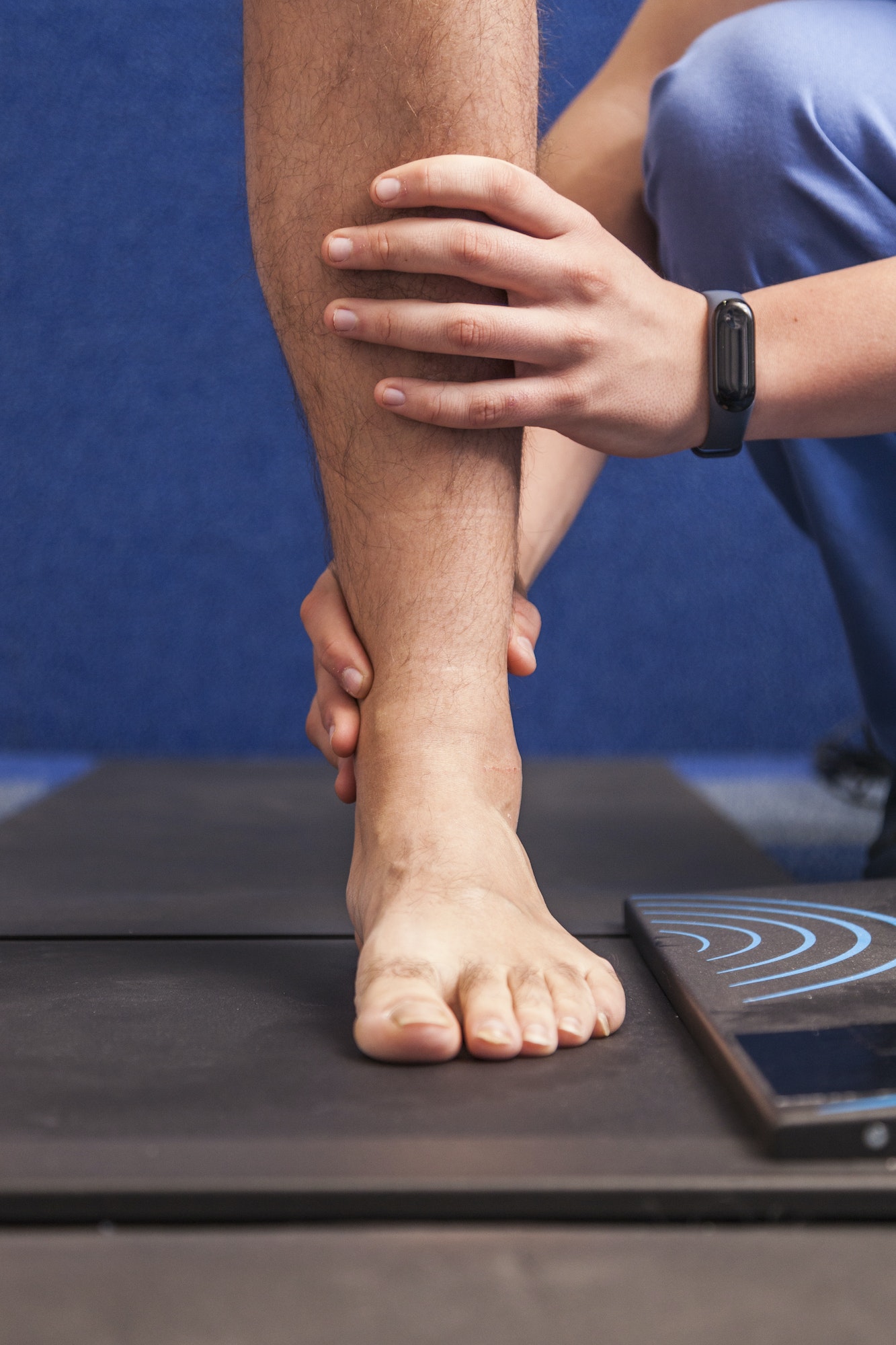Table of Contents
Our Sports/Dance Medicine
From the repeated pounding that runners’ feet receive on paved surfaces, to the side-to-side motion seen in court sports, there is no question that athletes’ feet and ankles are prime candidates for injuries. At Weil Foot & Ankle Institute, our expert podiatrists can help get you back on your feet after your sports-related injuries. Whether you participate in sports regularly, are in performing arts or are just a “weekend warrior,” read below to learn what common problems to look out for.
Different Sports-Related Injuries
Ankle sprains
Disorders of the Achilles tendon
Heel pain
Morton’s neuroma
Injuries From Baseball
Your feet and ankles can take a beating when you’re playing baseball. Our experts for sports-related injuries in Roselle, IL, say that baseball players should be aware of the following risks:
- Excessive training and overuse may sideline some athletes with Achilles tendinopathy or heel pain (often plantar fasciitis, or calcaneal apophysitis in children and adolescents).
- Cleats may pose challenges in the forefoot and aggravate neuromas, sesamoids, bunions, and hammertoes. To stay at the top of your game, ensure that cleats are fitted properly and have any injuries evaluated by a foot and ankle surgeon.
- Ankle sprains may occur while fielding balls, running, stepping on, or sliding into bases. Sprains should be evaluated by one of our podiatrists to determine the extent of the injury, including possible peroneal tendon injuries or fractures. The foot and ankle doctor will develop a treatment plan. Failure to fully treat and rehabilitate a sprain may lead to chronic ankle instability and recurring sprains.
- Contusions may occur from impact with the ball or contact with other players.
Injuries From Basketball
Basketball related injuries can occur from jumping, cutting, running, quick starts and stops, and direct contact with other players. Basketball players should be aware of the following:
- Inversion ankle sprains can damage the ankle ligaments and can also be associated with fractures, peroneal tendon injuries, and chronic ankle instability.
- Overuse and excessive training can lead to stress fractures, posterior tibial tendonitis (or PTTD), heel pain (plantar fasciitis), Achilles tendonitis, sesamoiditis, and calcaneal apophysitis in children and adolescents.
Injuries Related to Field Hockey
The side-to-side running and cutting in field hockey are common causes of injuries to the foot and ankle. Field hockey players should keep the following risks in mind:
- Overuse and excessive training can lead to heel pain (plantar fasciitis), Achilles tendonitis, sesamoiditis, stress fractures, posterior tibial tendonitis (or PTTD), and calcaneal apophysitis in children and adolescents.
- Inversion ankle sprains can damage the ankle ligaments and are also associated with peroneal tendon injuries and fractures.
- Ankle fractures, metatarsal fractures, and Lisfranc fractures can sideline athletes and sometimes require foot or ankle surgery.
Injuries From Football
Football players are prone to injuries to the foot and ankle from running, side-to-side cutting, or direct trauma, such as from another player during a tackle. Consider the following risks:
- Inversion ankle sprains can damage the ankle ligaments and can also be associated with peroneal tendon injuries and fractures.
- Ankle fractures, metatarsal fractures, and Lisfranc fractures can sideline athletes and can require surgery.
- Overuse and excessive training can lead to heel pain (plantar fasciitis), Achilles tendonitis, sesamoiditis, stress fractures, posterior tibial tendonitis (or PTTD), and calcaneal apophysitis in children and adolescents.
- Contusions and bone bruises may also result from high impact during tackling.
Injuries From Soccer
Injuries to the foot and ankle while playing soccer can occur from running, side-to-side cutting, sliding, and tackling. Striking the ball or another player with the foot can also cause injury. Soccer players should be aware of the following risks:
- Ankle fractures, metatarsal fractures, and Lisfranc fractures can sideline athletes and sometimes require surgery.
- Inversion ankle sprains can damage the ankle ligaments and can also be associated with peroneal tendon injuries and fractures.
- Contusions and bone bruises may result from high impacts, such as in slide tackling.
- Overuse and excessive training can lead to heel pain (plantar fasciitis), Achilles tendonitis, sesamoiditis, stress fractures, posterior tibial tendonitis (or PTTD), and calcaneal apophysitis in children and adolescents.
Hockey and Figure Skating
Gymnastics and Dance

Meet Weil Foot & Ankle Institute
Review By: Lowell Weil Jr., DPM – Jan 19th, 2023




